Miles and miles of cables lie in the sea connecting continents and passing through various seas and oceans. It is a great task having these cables laid in the bottom of the sea. These same cables are used to also transfer telecommunications.
Early sea cables during the 19th century were made of iron and later replaced with steel wire. These cables were wrapped in India rubber and had multi-stranded copper wire at the core.
However, all the modern cables laid in the sea are made of fibre optic technology and are usually 69mm in diameter and are pretty heavy. Around 10Kg per metter. These carry digital payloads.
These cables are made to endure the harsh sea storms, the salt, the pressure and ocean tides. Find out how these cables are laid and what are these made off.

A Network Map of How the Cables are Laid In the Seas
Components of the Sea Cable
Parts of the Sea – Section Wise
- Polythene cover of “Sabec”
- Elastic made of “Mailer”
- Anti rust iron
- Aluminium protector from water infiltration
- Cover of poly carbon
- Compact copper
- Glotein petrochemical
- Fiber optics
Ship Used For Cabling
The Undersea Cabling Process
An Undersea Cable Deep Down the Sea
A undersea Cable in a Sea shore with Sea Weeds
A Damaged Internet Sea Cable
Sea growth on Cables can Destroy the Cable eventually












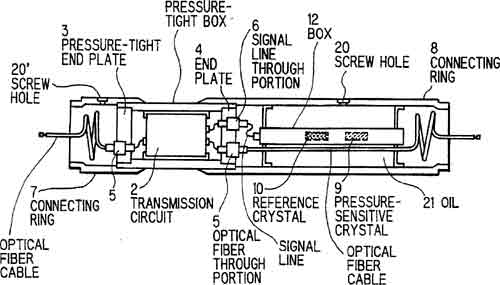
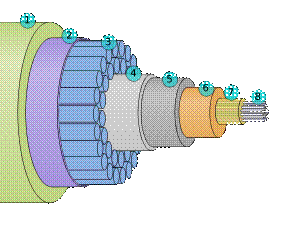
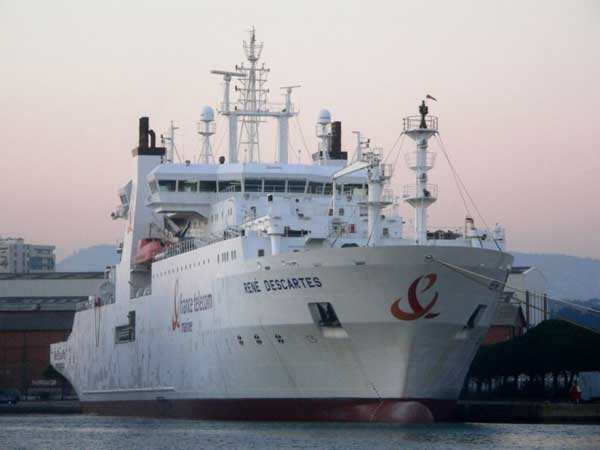
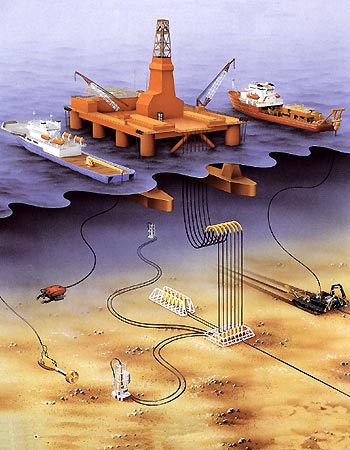
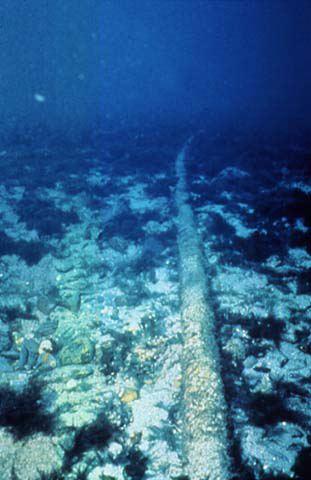

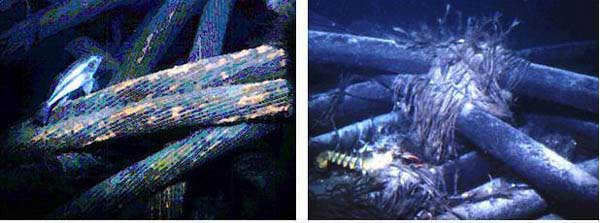
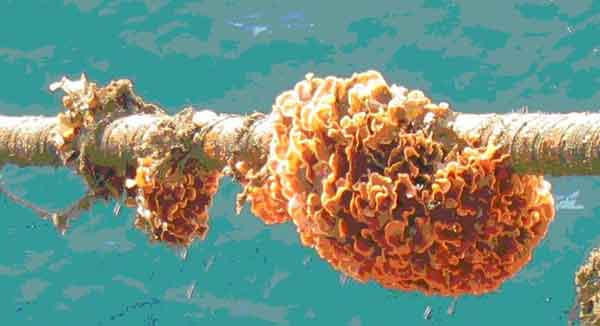

Leave a Reply